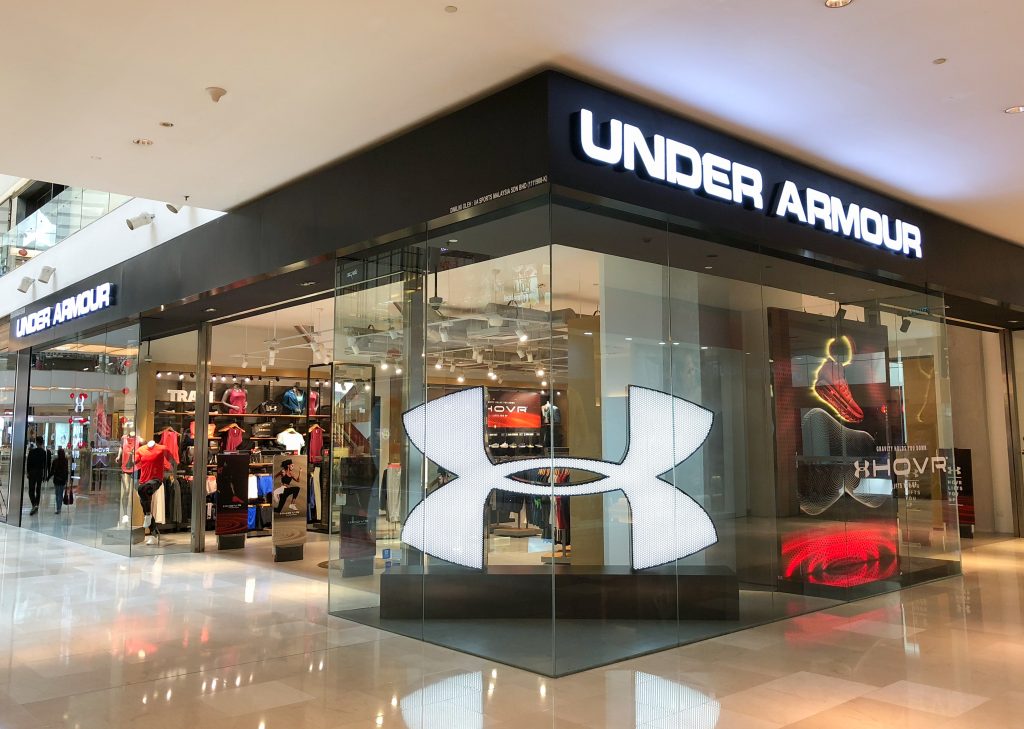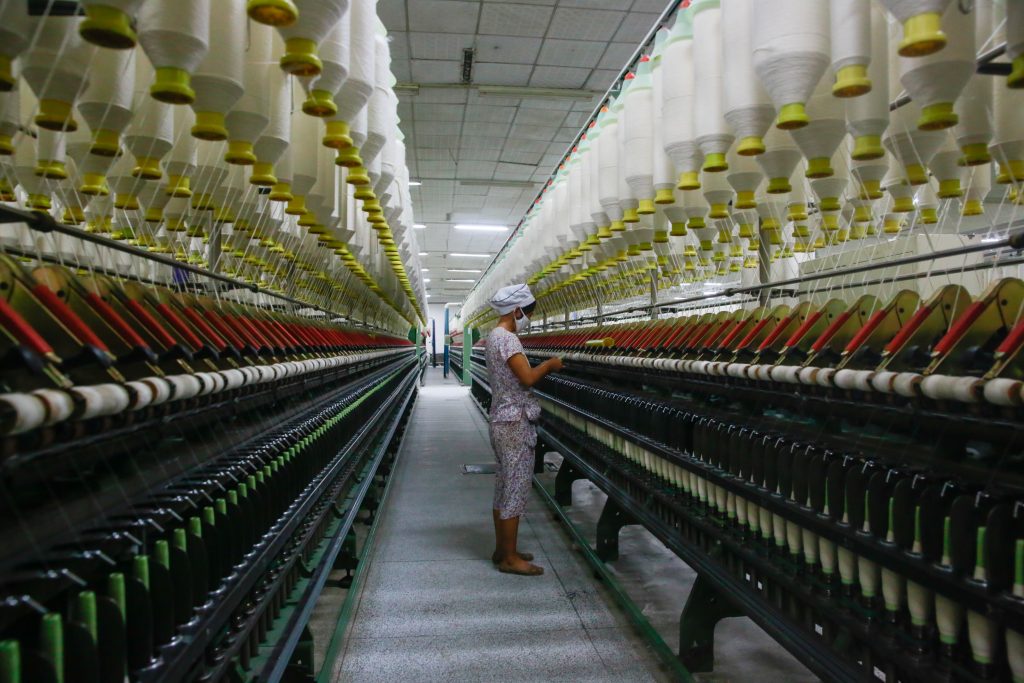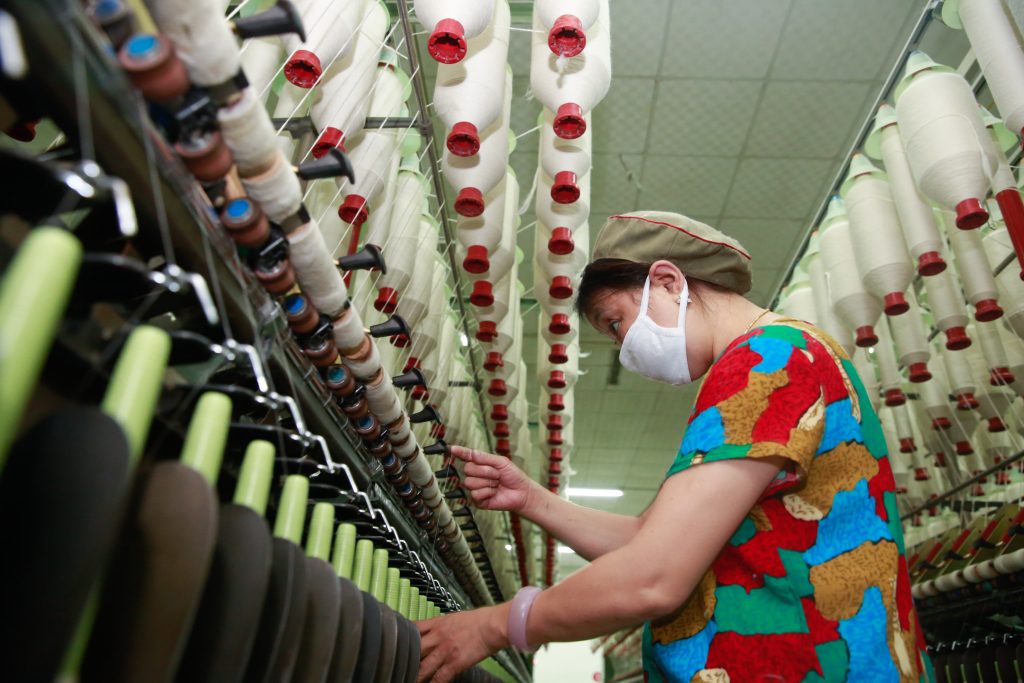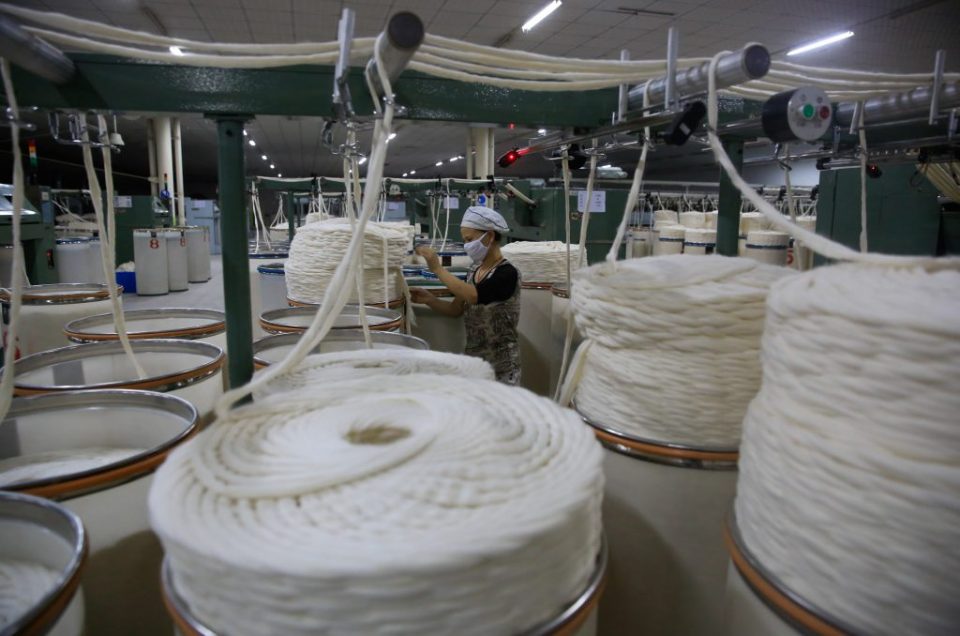Since January 2020, when China went into lockdown in the response to the first outbreak of Covid infections, the world had no idea of the death and disruption it would unleash on the world. Factories in China began to close down and global brands were forced to close their shops.
Although restrictions started lift two months later, subsequent lockdowns – China has a strict, zero-tolerance approach to Covid – have led to continued uncertainty in supply, price rices and depressed sales in the country.
Shanghai, China’s economic powerhouse, has been in lockdown again for the past two months, but this week announced measures would lift from 1 June. Plans have also been introduced to support the city’s economy, which has been hit hard by the restrictions, including speeding up the issuance of local government bonds, and fast-tracking approvals of building projects.
The shutdown of Shanghai, a crucial centre for international trade and the home of the biggest port in the world, has had ramifications in the supply chains of companies across a range of sectors, from technology and cars to beauty and fashion.
Under Armour is among the clothing companies to have been affected. US fitnesswear brand said earlier this month that it was cancelling some orders affected by China-related supply chain delays, rather than have the inventory arrive too late to its stores around the world.
“Everybody’s inventory is coming in in a somewhat disjointed fashion,” Under Armour’s outgoing CEO Patrik Frisk said. “You could say that in general it’s been hard in our industry to get the right stuff to the right place at the right time. We might have stuff that you can get into the channel, but it’s not necessarily always co-ordinated.”

Under Armour
In addition to production, sales have slumped for many global brands with a presence in China, as local stores are forced to close. Adidas’s China sales were down 35% year on year in the first three months of 2022. The company said the decline was caused by a “challenging market environment” in China.
In an update released in early May, luxury group Moncler said 30% of its stores in China were temporarily closed. It has 35 stores in the country.
Several UK-based clothing suppliers have told Drapers deliveries of stock from China have slowed down during the latest lockdown.
“We’ve seen delays of between four and six weeks because of lockdowns in Shanghai and the surrounding areas,” said Mark Hollis of womenswear producer Shani Group.
Another UK-based clothing supplier said: “Freight from China is taking nearly 12 weeks on the water.”
The delays are a result of a combination of factors. Shanghai’s huge port operations ground to a snail’s pace at the start of the lockdown six weeks ago, and have yet to return to former capacity.
But suppliers also said local lockdowns had directly impacted some factories in Shanghai because of China’s tough rules, which shut down whole areas upon the discovery of a positive Covid-19 test.
“They get one case that’s tested positive, and they lock down the whole city,” Hollis said, adding that his company had luckily only been affected by a small number of closures.
Chinese leaders have also spoken about the need for a stable economy, leading some observers to hope that business needs will ultimately be prioritised.
“I think the Chinese government are playing catch-up [on the economy],” said one supplier of casualwear.
Even those fashion businesses whose garments are manufactured elsewhere are dealing with the fallout, as components such as fixtures and trims still coming from China. More than one supplier Drapers spoke to identified the sourcing of trims such as zips, buttons, buckles and rings as a particular pinch point.
“It’s very difficult to find somebody local who manufactures zips,” said a representative for clothing manufacturer Basic Premier in Leicester.
“Zips are the main [item in short supply because of China lockdowns] – and buttons,” said another supplier, adding that problems were then holding up the completion of garments for weeks.
High costs and other challenges
Uncertainty over whether China could impose more restrictions if it continues to pursue a zero-Covid policy make it particularly difficult for suppliers to make long-term decisions.
Even if Shanghai’s unlocking goes to plan, there are fears that ports in Europe and the US could be overwhelmed once China returns to full capacity, causing yet more delays for customers. After two years of dealing with the twin logistical nightmares of Covid and Brexit, suppliers appear to face further challenges yet.
On top of delays and lockdowns, there are issues with the rising cost of cotton. With many retailers having committed to sustainability in their supply chains, demand for organic cotton is particularly high.
While taking his leave of Marks & Spencer on 25 May, outgoing CEO Steve Rowe said that, although the retailer is striving to pass as few costs on to the customer as possible, “there are issues with the prices of cotton because of high demand – for example, organic cotton is up by 40%”.
The casualwear supplier told Drapers that cotton prices have been steadily increasing for more than a year: “It’s to such an extent that in certain instances, nearer countries to the UK are more competitive than other countries, such as those in the Indian subcontinent because freight is an issue as well.”
He said drop in value of the Turkish lira means the Middle Eastern country is now better positioned to compete with south Asian cotton producers. The currency has tumbled in response to slashed interest rates.
But another activewear supplier who spoke to Drapers from Istanbul said the increase in cotton prices and Turkish minimum wage meant it was still expensive to produce in the country compared to China.
Shifting approach
The experience since Covid began has left many in the clothing industry reconsidering their high exposure to China.
“There are a lot of [suppliers] moving [production] out of China and looking elsewhere,” said a womenswear supplier who sources from India, adding that orders in the subcontinent had increased as a result of the crisis.
“People are sensibly moving their business away from China because there are all these obstacles and threats. I think China will see a downturn in business because of its shutdowns.”
A menswear supplier agreed: “Some of the bigger companies are re-looking at their sourcing and going: ‘we do need to bring down our pie chart of China’.”
Some are even searching for local suppliers in Britain to reduce exposure to overseas supply uncertainty. Reshoring has already been adopted by other sectors over the last two years, as a result of Brexit and supply hiccups. A report by manufacturing industry body Make UK, Operating Without Borders: Building Global Resilient Supply Chains, published in May, showed that almost half (42%) of 132 UK manufacturers surveyed had increased the proportion of their suppliers based in Britain over the past two years.
“Once the lockdown is lifted in China, things should go back to normal but there’s that risk [of further lockdowns],” said Basic Premier’s representative.

He noted that even without the issues in China, suppliers still face other pressures, such as the cost of fuel.
“We need to invest in local suppliers now,” he concluded, saying Basic Premier would look for more UK-based manufacturers where possible, but acknowledging that they were hard to find.
Vietnam also stands to gain from new orders diverted away from China. However, suppliers with feet in both countries say Vietnam’s garment factories rely on imported Chinese raw materials and have faced shortages.
One menswear supplier, who works with factories in both countries, said he would look to do more business in Vietnam, but emphasised that he had not lost confidence in China: “As soon as it starts opening up again, it will be better.”
One footwear supplier, whose production in Vietnam and Indonesia is being affected by a shortage of raw materials from China, said that this would impact autumn/winter 2022 deliveries, but was optimistic for the following season. “Hopefully by spring/summer 23 these issues will be resolved.”
Many businesses also do not have the option to cut ties with China, given its dominance in the global supply chain. The country is, for example, the world’s biggest producer of silk, leaving designers who want to use the fabric with little in the way of other options.
Outlook for the future
The commencement of the unlocking of Shanghai has provided some hope for the industry. But the effects of lockdowns continue to be felt.
Reporting Adidas’s latest results earlier this month CEO Kasper Rorsted said: “We will return to growth in Asia-Pacific in the second quarter, while we expect the challenging market environment in Greater China to continue.”

The supplier who spoke to Drapers from Istanbul said the expectation in Turkey is that issues getting materials from China could last until at least July. “At least short term, it looks like it’s going to get worse.”
Even if China’s supply chain returns to normal, inflationary pressures around the globe mean suppliers could be in for difficult times for a lot longer, said Santoshan Sangha, managing director of clothing maker Sweats & Tees: “I think we’re going to go through a struggle for about two years,” citing the war in Ukraine and rising UK wages as exacerbating factors.
“You just don’t know from one day to the next what you’re going to wake up to, which cities are going to be in lockdown, so you can’t plan,” said Hollis. “Because it’s literally from one day to the next it’s impossible to work with.”
“Nobody’s got a crystal ball,” concluded the casualwear supplier.
Despite the uncertainty continuing to affect fashion suppliers and retailers that source clothing and footwear from China, taking all business out of the country is not a viable option for many suppliers. They look set to face an uphill battle for the next few months against costs, delays and retailers who are reluctant to pass on the pain in the form of higher prices to customers already struggling with an increased cost of living.


